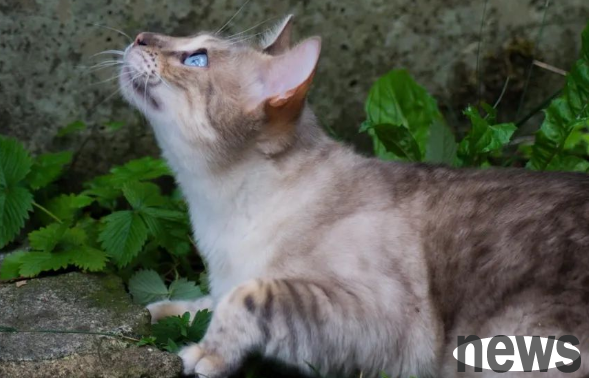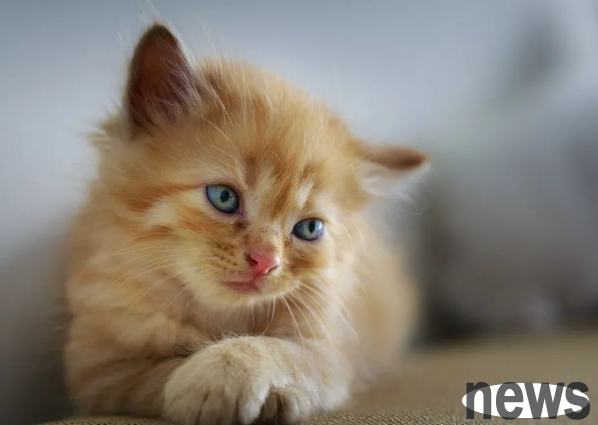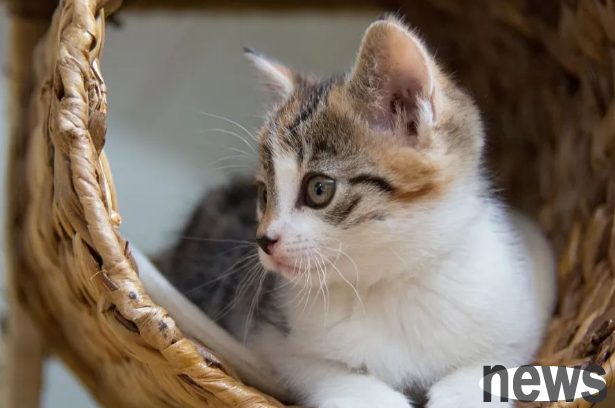Rabies is an acute infectious disease caused by rabies virus. Once infected, the mortality rate reaches almost 100%. Since rabies is extremely harmful, it is very important for pets such as cats and dogs to detect and prevent rabies in a timely manner. In this article, we will detail 6 symptoms of a cat when it comes to rabies to help you better understand and prevent rabies.

1. Cats with abnormal behaviors
may have abnormal behaviors, such as attacking their owners or other animals, hiding, not getting close to people, etc. In addition, sick cats may also show extreme excitement or depression, loss of direction, etc.
2. Loss of appetite
Rabies cats will lose significantly the appetite and even do not eat at all. At the same time, sick cats may also experience symptoms such as thirst and polyuria.
3. Body temperature rise
Cats with rabies will have a temperature rise, usually exceeding 40℃, accompanied by symptoms such as mental depression and difficulty breathing.
4. Muscle spasms
Cats with rabies may experience symptoms of muscle spasms, especially facial muscles. This symptom can cause the cat's mouth to fail to close, and saliva flows out continuously.
5. Mental abnormalities
Cats suffering from rabies may experience symptoms of mental abnormalities, such as hallucinations, delusions, etc. In addition, cats may also experience symptoms such as confusion and running around.
6. Water and light fear
Water and light fear fear is one of the typical symptoms of rabies cats. Sick cats may be afraid of stimulation such as water and light, and may even attack their owners.

If you find that your pet cat has one or more of the above symptoms, isolate it immediately and seek help from your veterinarian. Although rabies cannot be cured, the risk of infection can be reduced through prevention. The best way to prevent it is to inject rabies vaccine into your pets and to strengthen your immunity regularly. At the same time, paying attention to avoiding contact with wild animals and maintaining pet hygiene and health is also an important measure to prevent rabies.
For pets who have been infected with rabies, they should be treated as soon as possible. Although some people may think that their pet is not infected with rabies and choose to treat it themselves, this is very dangerous. Because if improper treatment is treated, it will not only cause the pet to die, but may also be transmitted to people. Therefore, for pets who are already infected with rabies, the best way is to send them to professional animal hospitals for treatment and isolation.

Understanding and preventing rabies is essential to protecting oneself and your pet's health. If you find your pet showing abnormal symptoms, seek help from your veterinarian immediately and quarantine. At the same time, injecting rabies vaccine into pets is one of the most effective ways to prevent rabies. Only through a combination of prevention and treatment can we effectively reduce the risk of infection and protect ourselves and our pets' health.
